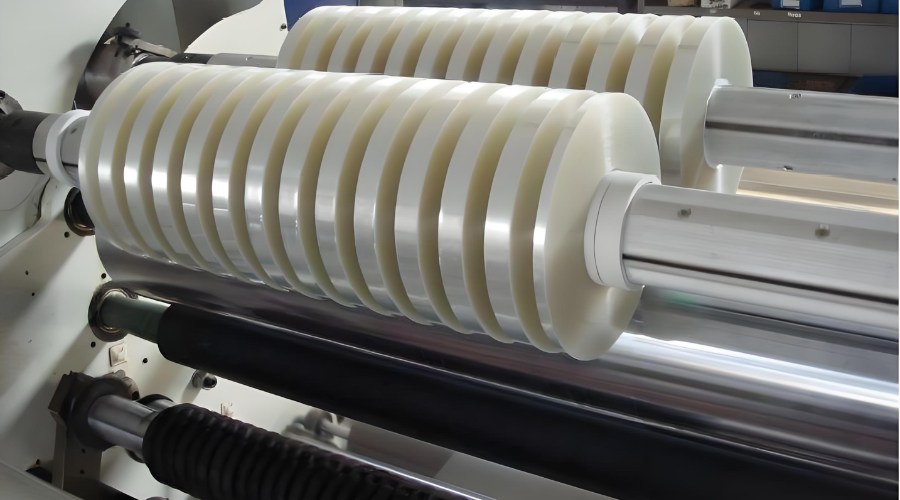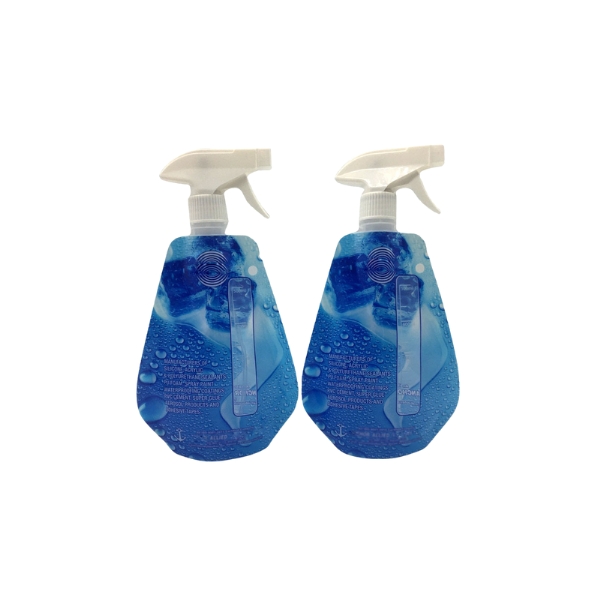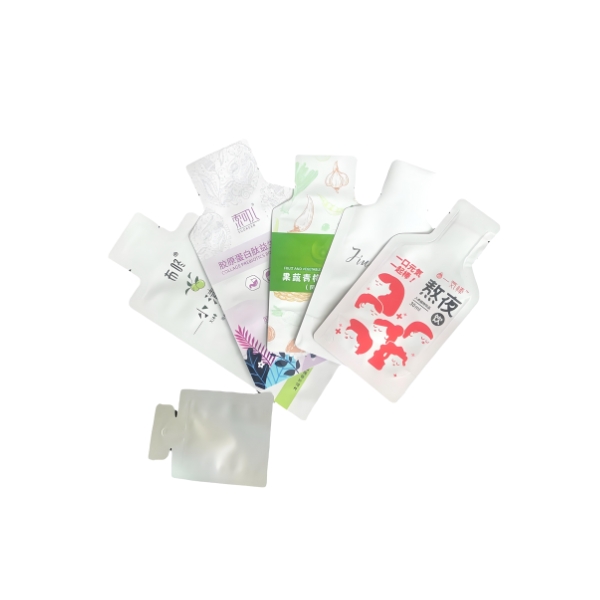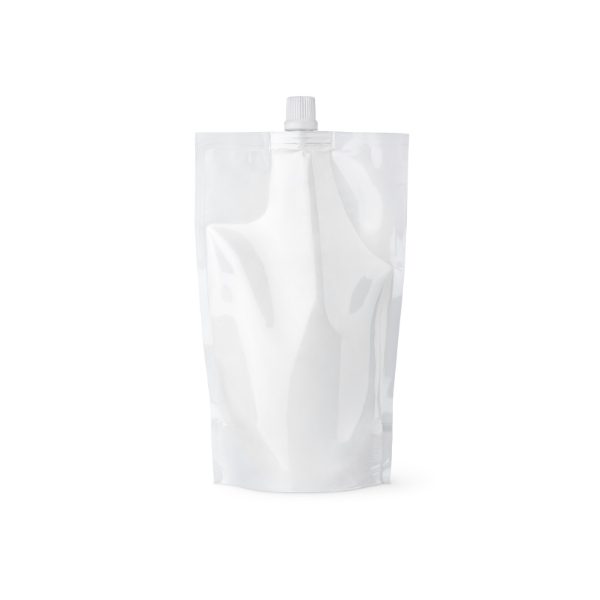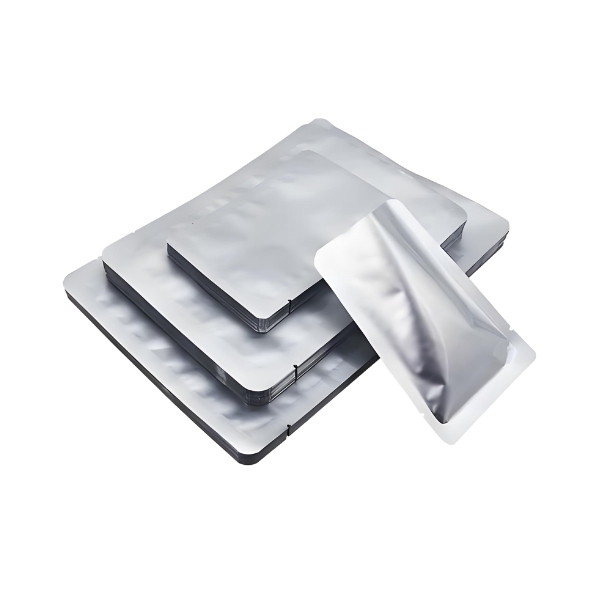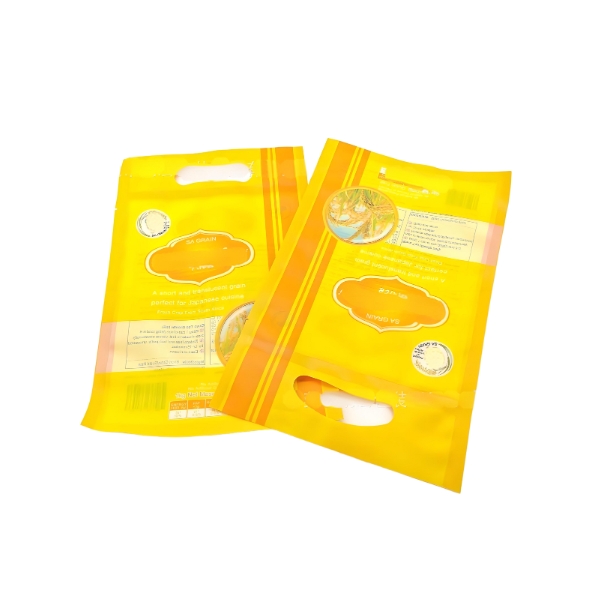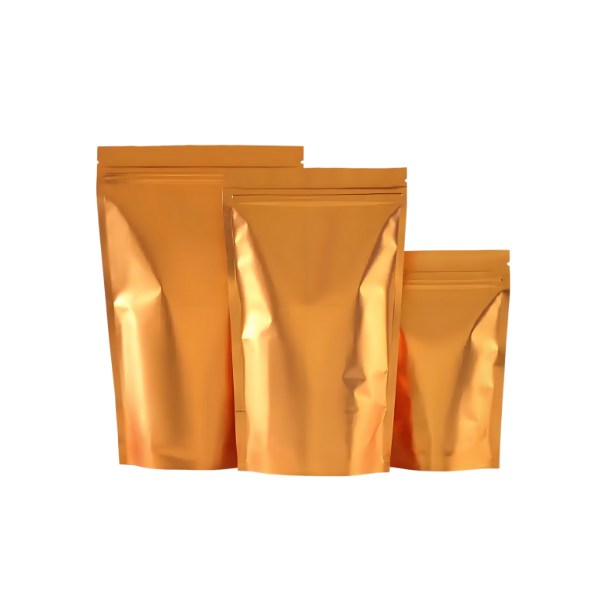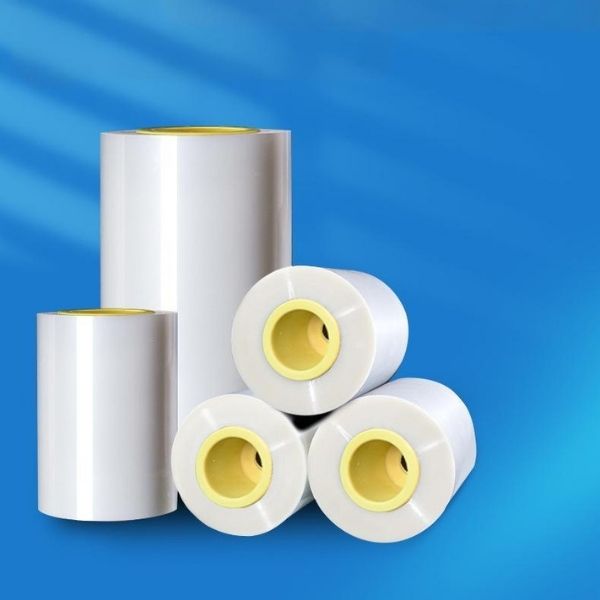Introduction: Why Custom Packaging Matters in Today’s Market
In an era of digital commerce and fierce competition, packaging has evolved from a mere “container” to a critical touchpoint for brand identity and customer experience. Research shows that 63% of consumers notice packaging design first when making purchasing decisions, while 52% are more likely to repurchase from brands with premium packaging.
Custom packaging solutions address core pain points—from reducing shipping damages to creating memorable unboxing moments—making them a strategic investment for businesses aiming to stand out.
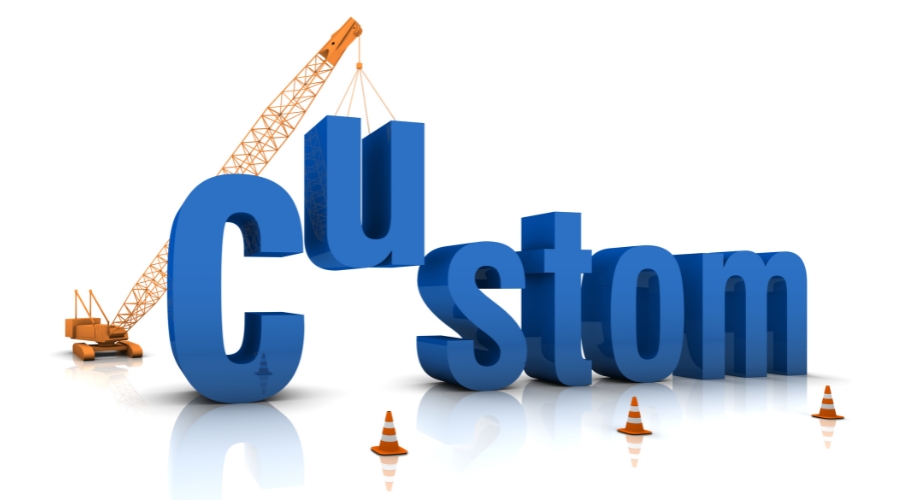
Understanding Custom Packaging Solutions: Definition & Ideal Users
1.1 What is Custom Packaging?
Custom packaging refers to tailor-made packaging solutions designed around a product’s unique requirements, brand aesthetics, and supply chain needs. Unlike off-the-shelf options, it offers:
- Precision Fit: Dimensions, weight capacity, and protective features engineered for specific products (e.g., shock-absorbing inserts for fragile items, mold-cut structures for irregular shapes).
- Brand Storytelling: Integration of logos, colors, and messaging to reinforce brand identity (e.g., embossed logos for luxury brands, eco-friendly materials for sustainable businesses).
- Scenario Adaptability: Designs optimized for specific use cases—from e-commerce shipping boxes (with pressure-resistant cushioning) to retail display packaging (with shelf-ready structures).
1.2 Who Needs Custom Packaging Solutions?
Core Industries & Their Pain Points
| Business Type | Key Challenges | Value of Custom Packaging |
|---|---|---|
| E-commerce Retailers | High shipping damage rates, generic unboxing experiences | Custom cushioning reduces returns; branded designs boost social sharing |
| Food & Beverage Brands | Freshness preservation, regulatory compliance | Barrier films for shelf-life extension; integrated QR codes for traceability |
| Electronics Manufacturers | Delicate components, accessory organization | Anti-static liners; compartmentalized structures for cables/chargers |
| Startups & SMEs | Limited budgets, need for rapid brand differentiation | Small-batch customization; cost-effective design tweaks (e.g., sticker logos) |
Key Benefits of Custom Packaging Solutions
2.1 Brand Differentiation: Turn Packaging into a Marketing Tool
- Visual Impact: Unique structures (e.g., foldable gift boxes, window displays) and textures (e.g., matte finishes, velvet-touch coatings) capture attention. A skincare brand using CloudFilm’s holographic film packaging reported a 40% increase in social media mentions due to shareable unboxing content.
- Emotional Connection: Sustainable materials (e.g., mushroom-based packaging, recycled paper) signal corporate responsibility, while personalized touches (e.g., handwritten thank-you notes on packaging) foster customer loyalty.
2.2 Supply Chain Efficiency: Reduce Costs & Boost Productivity
- Logistics Optimization: Tailored sizing minimizes shipping volume—one apparel brand using CloudFilm’s slim-fit mailers increased container loading efficiency by 25%, cutting transportation costs by 18%.
- Storage Savings: Collapsible and stackable designs free up warehouse space, ideal for seasonal inventory spikes.
- Damage Reduction: Custom foam inserts and air-cushion technology lower breakage rates from 15% to under 3% for fragile goods like glassware or ceramics.
2.3 Sustainability: Meet Eco-Conscious Consumer Demands
With 78% of consumers prioritizing brands with eco-friendly practices, custom packaging enables businesses to adopt greener alternatives:
- Material Innovation: CloudFilm’s bio-based films (made from cornstarch and sugarcane) decompose in 180 days, while their reusable tote-bag packaging doubles as a marketing tool post-purchase.
- Waste Reduction: Minimalist designs (e.g., no-glue folding structures) and recyclable inks align with circular economy goals, helping brands comply with regulations like the EU’s Plastic Packaging Tax.
Types of Custom Packaging Solutions: How to Choose
3.1 Material Options: Balancing Functionality & Budget
- Paper-Based: Cost-effective for lightweight items (e.g., apparel, books). Options include corrugated boxes (for shipping), kraft paper bags (eco-friendly), and rigid boxes (luxury gifts).
- Plastic & Films: Durable and versatile, with applications in electronics (anti-static trays) and food (vacuum-sealed pouches). CloudFilm’s compostable PLA films offer a plastic-free alternative for moisture-sensitive products.
- Composite Materials: Hybrid solutions like paper-plastic laminates (water-resistant shipping envelopes) or aluminum foil composites (heat-sealed coffee packaging) for enhanced performance.
3.2 Functional Designs for Every Need
- Protective Packaging: Bubble wrap liners, foam inserts, and corner guards for fragile items.
- Display Packaging: Countertop boxes with die-cut windows, hanging pouches, and stackable crates for retail visibility.
- Interactive Packaging: QR-code enabled boxes (linking to product tutorials), seed paper packaging (grows into plants), and reusable tins (encouraging repeat purchases).
CloudFilm’s Custom Packaging Solutions: Innovation Meets Practicality
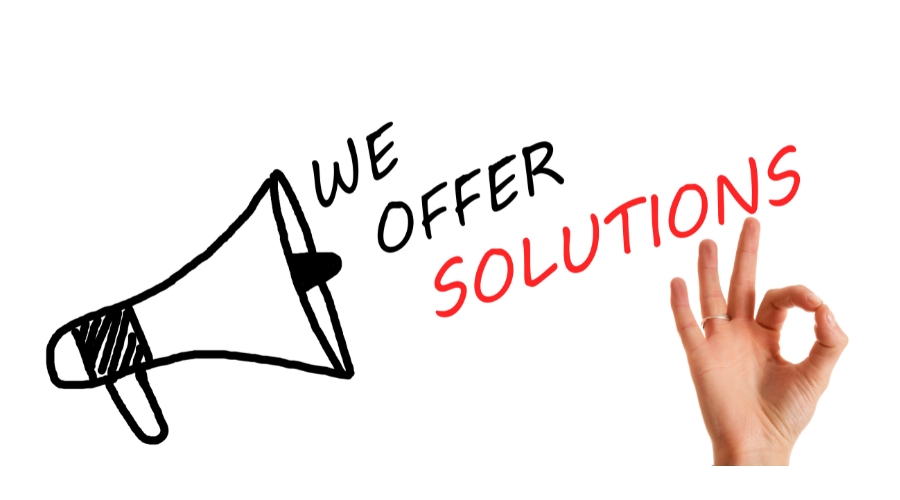
At CloudFilm, we combine material science, digital design, and flexible manufacturing to deliver packaging that aligns with your brand goals:
- Sustainable Material Library: Our proprietary bio-films and recycled paperboard meet FDA, EU 10/2011, and BPI compostability standards.
- 3D Design Tool: Clients can customize dimensions, print graphics, and preview designs in real time via our online portal, reducing revision cycles by 50%.
- Rapid Prototyping: Get physical samples in 72 hours and full production in 10–15 days, ideal for time-sensitive campaigns like holiday promotions.
Case Study: Pet Food Brand Revamps Packaging with CloudFilm
- Challenge: Generic packaging led to low shelf visibility; kibble often went stale due to poor sealing.
- Solution: CloudFilm’s moisture-resistant film with a resealable zipper + playful paw-print design.
- Results: 20% sales lift, 35% reduction in customer complaints about freshness, and 25k+ social media shares of “cute packaging” posts.
FAQs About Custom Packaging Solutions
Q1: What’s the minimum order quantity (MOQ) for custom packaging?
A: MOQs vary by material: paper-based packaging starts at 500 units, while plastic/film solutions start at 1,000 units. CloudFilm offers flexible MOQs for startups (300 units for select materials) to support small-batch testing.
Q2: How much does custom packaging cost compared to standard options?
A: Prices range from $0.50–$50+ per unit, depending on materials and complexity. While custom packaging may cost 10–30% more upfront, it often reduces long-term costs via lower returns and higher brand loyalty.
Q3: How long does production take?
A: Design finalization: 3–5 days; sampling: 3–7 days; mass production: 10–20 days. CloudFilm’s expedited service delivers urgent orders in as little as 7 days.
Q4: Can custom packaging be eco-friendly and cost-effective?
A: Yes! CloudFilm’s recycled paperboard and plant-based films cost only 5–10% more than traditional materials but appeal to eco-conscious consumers, driving a 15–20% premium in pricing power for sustainable brands.
How to Implement Custom Packaging: A Step-by-Step Guide
Step 1: Define Goals & Requirements
- Identify priorities: Branding? Sustainability? Cost reduction?
- Gather product specs (dimensions, weight, fragility) and compliance needs (e.g., food-grade materials).
Step 2: Design & Prototyping
- Collaborate with suppliers like CloudFilm to create 2–3 design concepts. Test prototypes for durability (drop tests), functionality (ease of opening), and aesthetics (color accuracy).
Step 3: Production & Quality Control
- Review pre-production samples; monitor key metrics like print clarity and material thickness. For large orders, request batch testing (e.g., seal strength for food packaging).
Step 4: Launch & Iterate
- Track KPIs: return rates, customer feedback, social media engagement. Refine designs based on data (e.g., adding handles if customers struggle with heavy boxes).
Conclusion: Transform Your Packaging from a Cost to an Asset
Custom packaging solutions are more than just boxes—they’re a strategic lever for brand growth, operational efficiency, and sustainability. By partnering with experts like CloudFilm, businesses can turn packaging into a competitive advantage that resonates with customers and drives bottom-line results.
About CloudFilm: A leading provider of custom packaging solutions, CloudFilm specializes in eco-friendly materials, digital design tools, and flexible manufacturing. With clients in 20+ industries, we help brands reduce costs by 18–35% while enhancing their environmental footprint.






